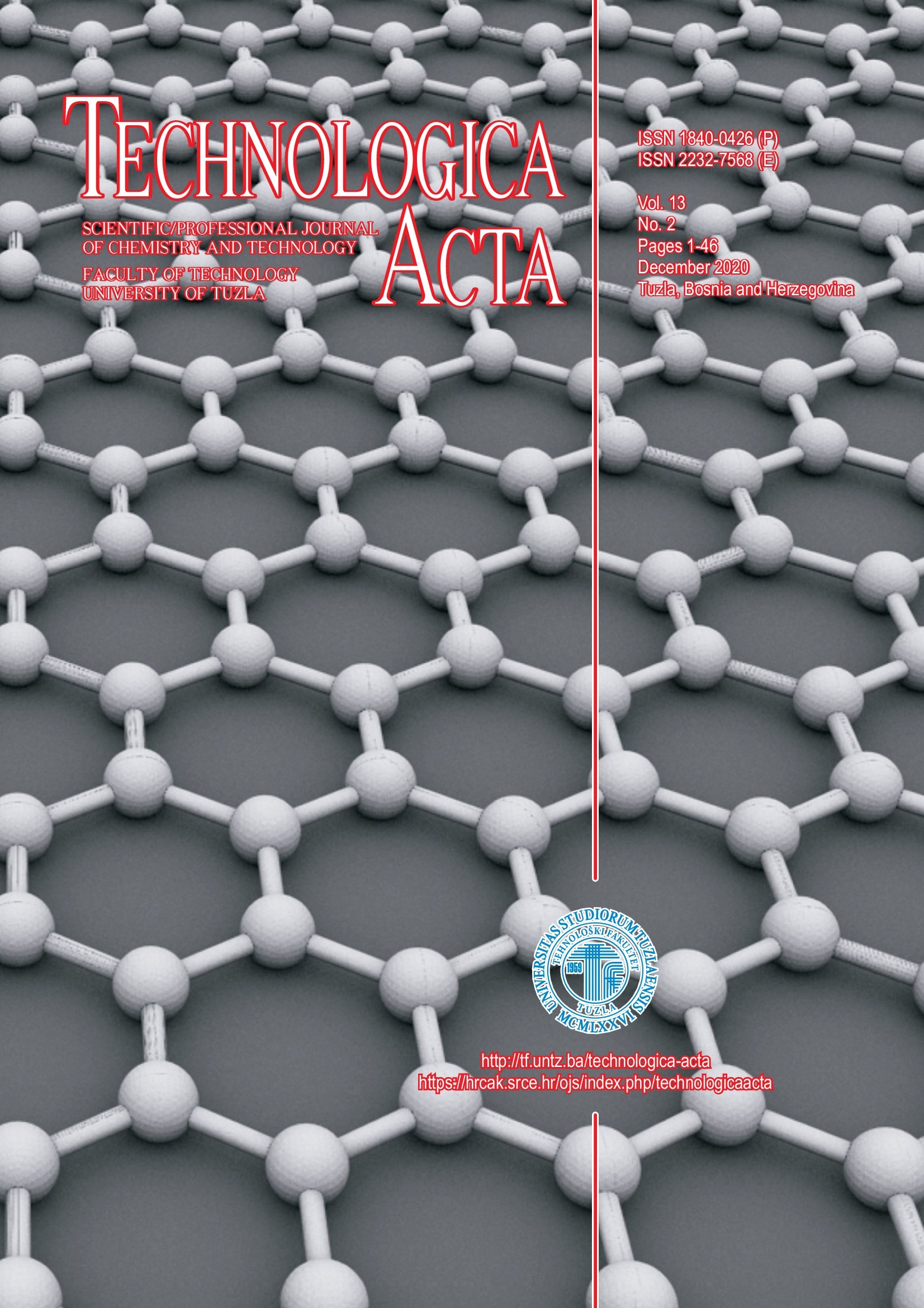Influence of process conditions on reduction of silicon and calcium impurities in aluminum solution
Keywords:
aluminate solution, high purity alumina, limeAbstract
As it is known, during regular conditions Bayer's process is used for production of alumina of a 99.0 % grade of purity. In order to obtain high-purity alumina which can then be used for special purposes, additional purification is performed in relation to the application of impurities, and, in the first hand removal of silica (Si) and calcium (Ca). One of the most effective ways of removing these compounds is the process of desilication. The method consists of treating an aluminate solution with lime that binds silica and calcium to tricalcium-aluminate (TCA) which is insoluble and therefore easily separated of the solution.
The experimental research examined the impact of process parameters (temperature, time, concentration of added lime) on the efficacy of purifying aluminate solution from Si and Ca, which has a practical and theoretical contribution to aluminate solution research. Synthetic aluminate from non-metallurgic alumina and pure sodium-alkaline (NaOH) is used, in the caustic ratio in the range of 1.45-1.55. Classic volume analysis and analysis using optical emigration spectroscopy (ICP-OES) were used to determine the contents of aluminum and impurities. The experimental research found that short intervals are adverse because soluted compounds Ca(OH)2 and tetra-calcium aluminum are formed. Also, during longer reaction time and higher temperatures there was an increase in the contents of Si and Ca in the aluminum, because some components from the limestone were dissolved. Small amounts of lime are adverse because there is an increase in calcium content in the solution since part of the lime dissolved, without interacting with the present impurities, while large quantities led to large aluminum loss due to the formation of TCA.


